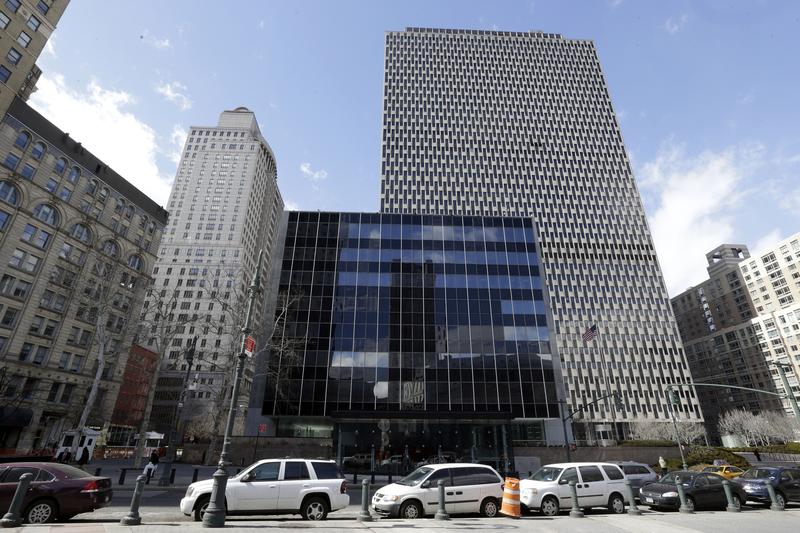
Immigrants in New York state have the greatest likelihood of getting a lawyer and the lowest rate of deportation orders of any state with an immigration court, according to a new report by researchers at Syracuse University.
The school's Transactional Records Access Clearninghouse (TRAC) looked at government data for all immigration court cases between February 2002 and February 2018. More than 74 percent of cases in New York State had attorneys, and just 28 percent received removal, or deportation, orders.
Both the state and the city have invested in providing free attorneys for low-income immigrants. The New York Immigrant Family Unit Project specifically serves those who have been detained (although city funds can't be used to help those convicted of certain serious crimes).
With so many lawyers, Susan Long, a statistics professor and co-director of TRAC, said it's no coincidence that New York would have the lowest rate of deportation orders.
"It is very difficult to be successful in court without representation," she said. "It’s a very complicated law that we have, and very difficult to represent yourself."
It's impossible to know if all of those individuals were actually deported because they could have appealed. And TRAC is suing the Trump Administration because it's no longer allowed to see whether detained immigrants are actually deported. Although the federal government is arresting more immigrants, overall deportation numbers have fallen.
The TRAC data also show how immigrants in upstate New York counties like Batavia and Genesee are less likely to have lawyers than those in New York City and its suburbs.
The National View
There's a stark contrast between New York and other states with immigration courts. In Texas - which has the busiest immigration courts in the country, with more than 733,000 cases between 2002 and 2018 - only 29.1 percent of cases had lawyers, and almost 69 percent received deportation orders.
California has the second busiest immigration courts; 53.6 percent of its immigration cases were represented while 41.9 percent received removal orders. New York had the nation's third busiest immigration court system.
In neighboring New Jersey, 56.1 percent of those with immigration cases had lawyers and 37 percent of cases wound up with removal orders.
Nationally, TRAC found 45.9 percent of more than 3.8 million immigration cases had legal representation and 50.9 percent of cases received deportation orders. Those who didn't fall into either camp may have chosen voluntary departure.
The problems faced by immigrants who don't have lawyers were highlighted in a recent report on HBO's "Last Week Tonight" with John Oliver.
Attorney General Jeff Sessions is also setting up new quotas for immigration judges in order to reduce the enormous backlog. Critics say this will put unfair pressure on judges. A WNYC investigation revealed the Sessions is ordering cases that were put on hold to be revisited.
